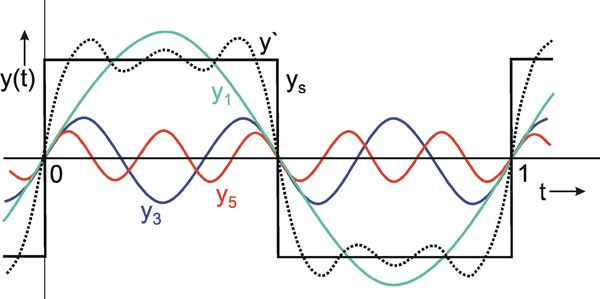Introduction
We have got the audio recorded. Now what?
"http://www.rupturedeardrums.biz/images/Mixing_Board.jpg"
The first thing we will need is a mechanism to mix together all of the individual tracks that have been recorded. A really simple way to do this is to get a computer program that is designed for this task. Some examples are Sonar, Digital Performer, Logic, Cubase, and Pro Tools.
Another option is to get an actual mixing board and send each track to an individual channel in the mixing board. We would still need a program like one of those mentioned above to handle routing each track to its own channel, but instead of using our computer's processer to mix together all of the tracks digitally, we would use the mixing board. In the audio industry it is generally agreed that a better result comes from mixing the tracks with an analog board rather than digitally inside of a computer. This is a hot debate - however, 9 out of 10 platinum cds have been mixed on analog equipment.
Fourier Analysis
http://www.brains-minds-media.org/archive/289
"Fourier Analysis is a mathematical technique for finding the amplitudes, frequencies, and phases of the components of a given waveform" (Electrical Engineering, Allan Hambly). When talking about mixing audio we are talking about mathematically adding up the electrical waves to create a new complex single wave. Most of the time when we mix audio signals we actually mix them to two complex waveforms to create a stereo image. On a mixing board each channel has a "pan pot" which means we can send that signal evenly to both channels (pan pot stays centered), more to the left channel (turn the pan pot to the left), or more to the right channel (turn the pan pot more to the right). The picture illustrates what is meant by adding sound waves - each colored wave is added together to create the dotted line complex wave. Fourier analysis theory is at the heart of understanding how it is possible to mix together multiple audio signals.
On a mixing board the signals are mixed together by physically connecting the channels by a conductive material. If the mixer is passive (most aren't) there will be no amplification. In order to get the mixed signals to a usable level it is necessary to amplify the signal with something such as an op-amp. When a program mixes audio in your computer, it takes the sound files and mathmatically adds them together. Either method will work to create a stereo mix of multiple audio signals. In the audio industry there are special engineers that dedicate their careers just to the task of mixing these audio signals together. Because each signal in itself is usually a complex wave composed of an infinite number of sine waves added together, it is a tricky task to mix these signals together and create something that actually sounds decent. It is necessary to use many tools to trim down and alter each signal so that it "sits well in the mix". That is, when the signals all add together it is important to have a balance of frequencies and dynamics.
Sources
- Electrical Engineering. Principles and Applications
One of my textbooks in my EE class - one of my main references for this page. - Electric Circuits
Amazing EE Textbook that thouroughly explains filters and op-amps - Audio Circuits
This site explains some basic audio amplifier circuits - Free Circuit Diagram
I used this diagram of a basic compressor to illustrate a basic compressor circuit - Alectronics
Website with comprehendable/buildable audio circuits - Electroschematics
This site has tons of electric diagrams that have explanations of how they work
